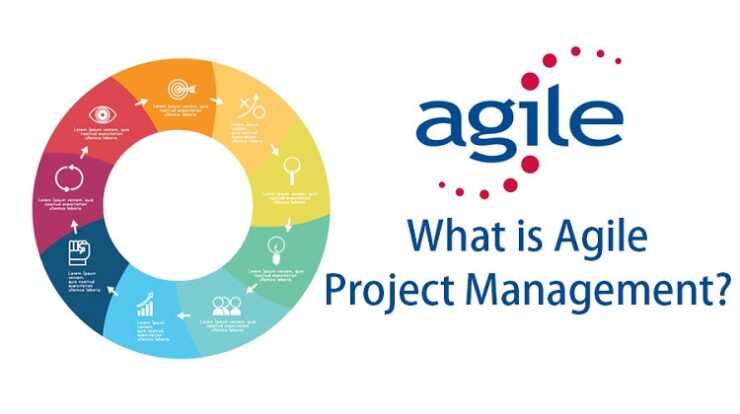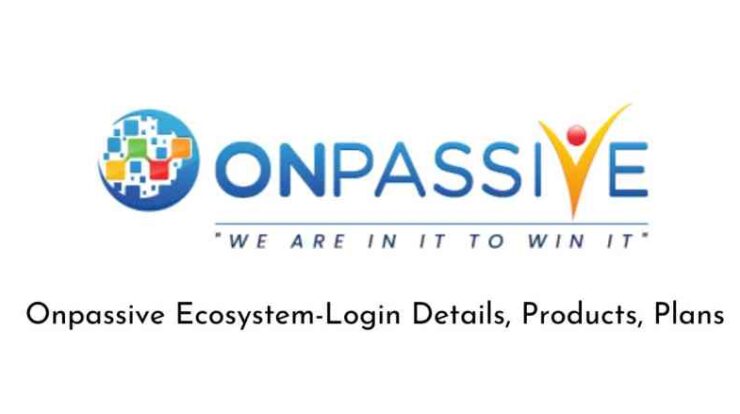
In the past couple of decades, agile has become a standard Agile Management process for all the tech teams, and it works like a magic wand when it comes to software development programs. Agile helps build a collaborative structure, which promotes better communication and transparency between tech teams.
When it comes to design, agile always has a shorter feedback loop than all the other methods. And when teams regroup often, they are better prepared to adjust as per the changes and find the right scope in those changes.
But there is also a self-fulfilling prophecy when it comes to agile risk management. Agile doesn’t offer any definition of risk, and it doesn’t even offer any type of approach for risk management. This is why developers should consider both high risks and low risks at the same level.
But you can get rid of this type of issue by crafting a structured approach to risk management through agile, and this is what we are going to discuss in this blog post in a detailed manner.
What to consider in agile risk management?
Right from the beginning, agile has considered risk from a narrower perspective, especially compared to other methods. This type of approach used in agile might look counterproductive initially as continuous improvement and changes are the priorities in agile project management.
But you should know that this narrower perspective of risk used in agile is more of the ill-defined nature of risk used in the agile process, and risk is almost inherent in the agile approach. So, we can say that risk is not the main issue here; instead, it is how the strategies for managing risks are defined and planned in agile project management.
The different dimensions of risks that must be considered
When it comes to agile teams, they will always prefer technical risks and other requirements over the risk linked with the project. Although both technical risk and risk of requirement are ubiquitous in software development, all agile teams must understand that risks can come in different forms.
When a team is not able to focus on other parts of the projects like the budget, scheduling, funding, and project management strategy, they cannot come up with a proper mitigation plan that will help the team in making the project successful.
Assessing and reassessing risk appetite and threshold
The biggest issue with teams working on the agile project management approach is that they cannot shift the risk threshold and appetite. In layman language, an agile team cannot deal with the risk exposure a firm is ready to accept. And since boosted pivoting is the primary basis of agile project management, both the risk threshold and appetite keep changing with time.
Even if all these changes are happening on a microscopic scale, they must be monitored closely so that the team can understand the effect of the risk on the entire organization. This type of practice can help the agile team build a second-nature approach for identifying all the different types of risks that might appear in the future and that might affect the entire organization.
The nature of responsibility
If you talk about the least-defined or the most underrated aspect of agile risk management, then the nature of responsibility will top the list. In many cases, the agile team is not equipped with a designated project manager, leading to risk spread to the whole team. And just like risk, even the responsibility of project management is applied to the entire team.
Indeed, putting risk as the main topic of conversation is not a part of the agile culture, but agile risk management always requires proper communication about all the potential risks through the entire cycle of the software development process.
Capitalizing on positive risk
Thinking that every type of risk is detrimental to a project is not the problem with the agile team only, but it is a common misconception among the entire business community. Risk can harm your business, but in many cases, it can even help your firm. This means that all the firms can embrace all the positive risks while developing strategies to shrug off harmful risks.
Even experts have mentioned that risk is a necessary part of the innovation process. Therefore, managers should always encourage risk-taking, or at least consider what a specific type of risk has to offer.
Using the tips mentioned above based on the agile approach, you can craft a structured approach to risk management. Just make sure to customize the methods mentioned in this blog as per your need.






